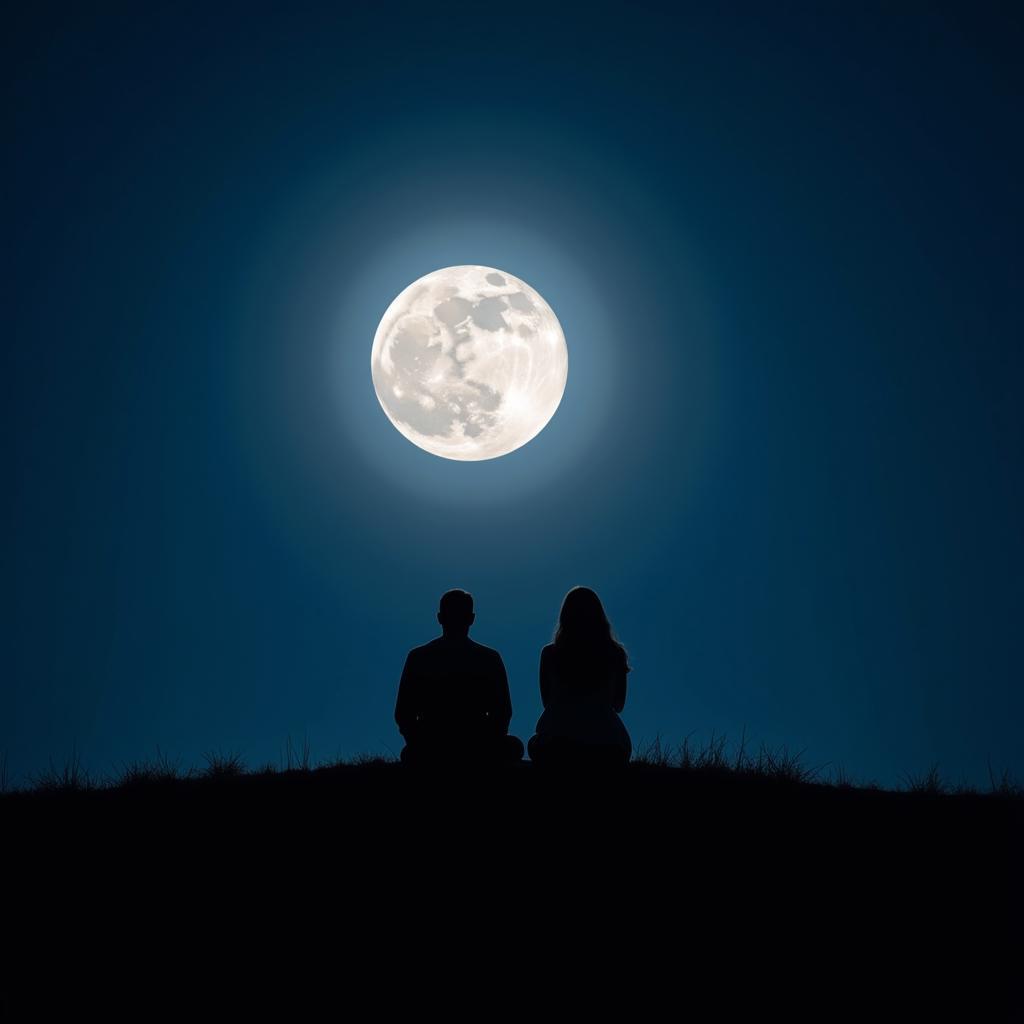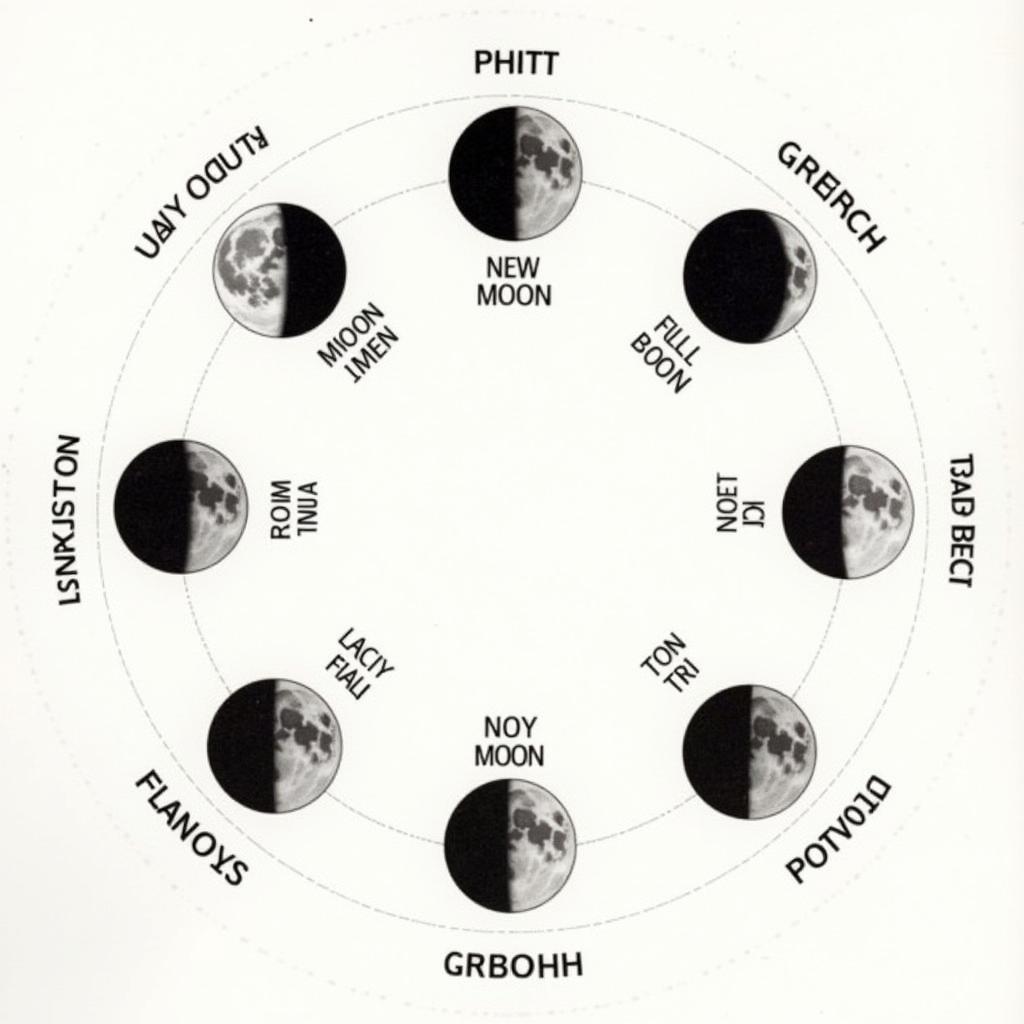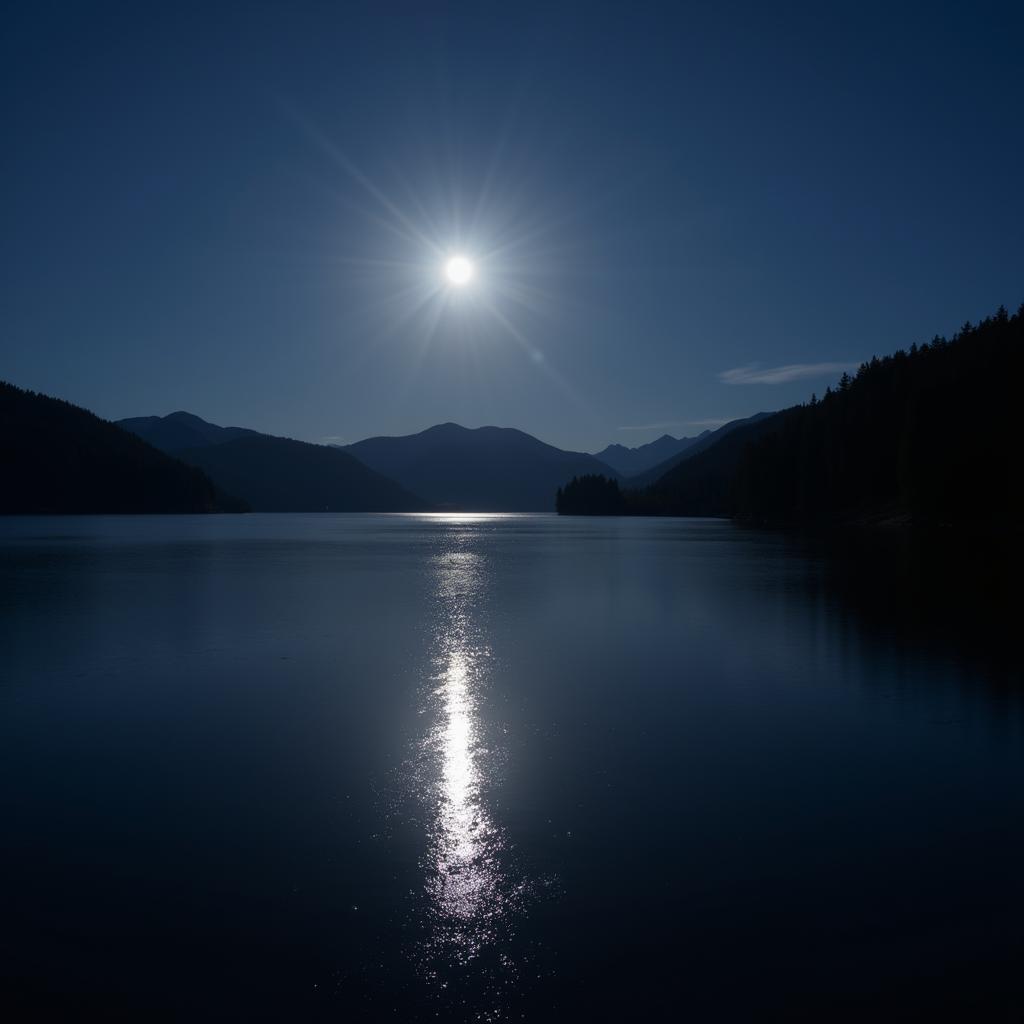Moongaze, a term often shrouded in romanticism and wonder, refers to the act of gazing at the moon. This simple yet captivating activity has fascinated humanity for centuries, inspiring countless poems, songs, and works of art. But moongazing is more than just a whimsical pastime; it’s a gateway to understanding our celestial neighbor and its profound influence on our planet.
What is Moongazing?
Moongazing, in its purest form, is the observation of the moon with the naked eye. It requires no special equipment or knowledge, simply a clear sky and a willingness to look up and appreciate the celestial beauty above. While telescopes and binoculars can enhance the experience by revealing intricate details of the lunar surface, the act of moongazing is accessible to anyone, anywhere.
 Couple Moongazing
Couple Moongazing
The Allure of the Moon
The moon has captivated humans for millennia. Its soft, ethereal glow, its ever-changing phases, and its prominent presence in the night sky have sparked curiosity and wonder across cultures. Ancient civilizations attributed various myths and legends to the moon, often associating it with deities, cycles of life, and the ebb and flow of natural phenomena.
The Science Behind Moongazing
Beyond its aesthetic appeal, moongazing offers a glimpse into the fascinating world of astronomy. The moon, Earth’s only natural satellite, plays a crucial role in our planet’s systems. Its gravitational pull governs the tides, influences the length of our days, and even stabilizes Earth’s axial tilt, contributing to a stable climate.
 Lunar Phases Diagram
Lunar Phases Diagram
Observing the moon’s phases, from the slender crescent of a new moon to the brilliant illumination of a full moon, allows us to witness the interplay of celestial mechanics firsthand. As the moon orbits Earth, the angle at which we view its sunlit surface changes, creating the familiar waxing and waning cycle we observe.
Tips for Optimal Moongazing
While moongazing requires minimal preparation, a few tips can enhance your experience:
- Check the lunar calendar: Knowing the moon’s phase can help you plan your moongazing session. A full moon offers the brightest view, while a new moon provides an opportunity to observe fainter celestial objects.
- Find a dark location: Light pollution from cities can hinder your view. Seek out a location with minimal artificial light for optimal viewing.
- Allow your eyes to adjust: Give your eyes time to adjust to the darkness for better night vision. Avoid looking at bright lights, including your phone screen.
- Use a stargazing app: Several mobile applications can guide your moongazing experience by identifying lunar features, constellations, and other celestial objects.
Moongazing and You: A Personal Connection
Moongazing offers more than just scientific insights; it provides a moment of tranquility and reflection. Taking the time to appreciate the celestial beauty above can offer a sense of perspective, reminding us of the vastness of the universe and our place within it.
 Moon's Reflection on Water
Moon's Reflection on Water
Whether you’re a seasoned astronomer or simply someone seeking a moment of peace under the night sky, moongazing offers a timeless connection to the cosmos, a reminder of the wonders that lie beyond our earthly realm. So, next time you find yourself beneath a clear night sky, take a moment to look up, observe, and appreciate the celestial dance of the moon.





